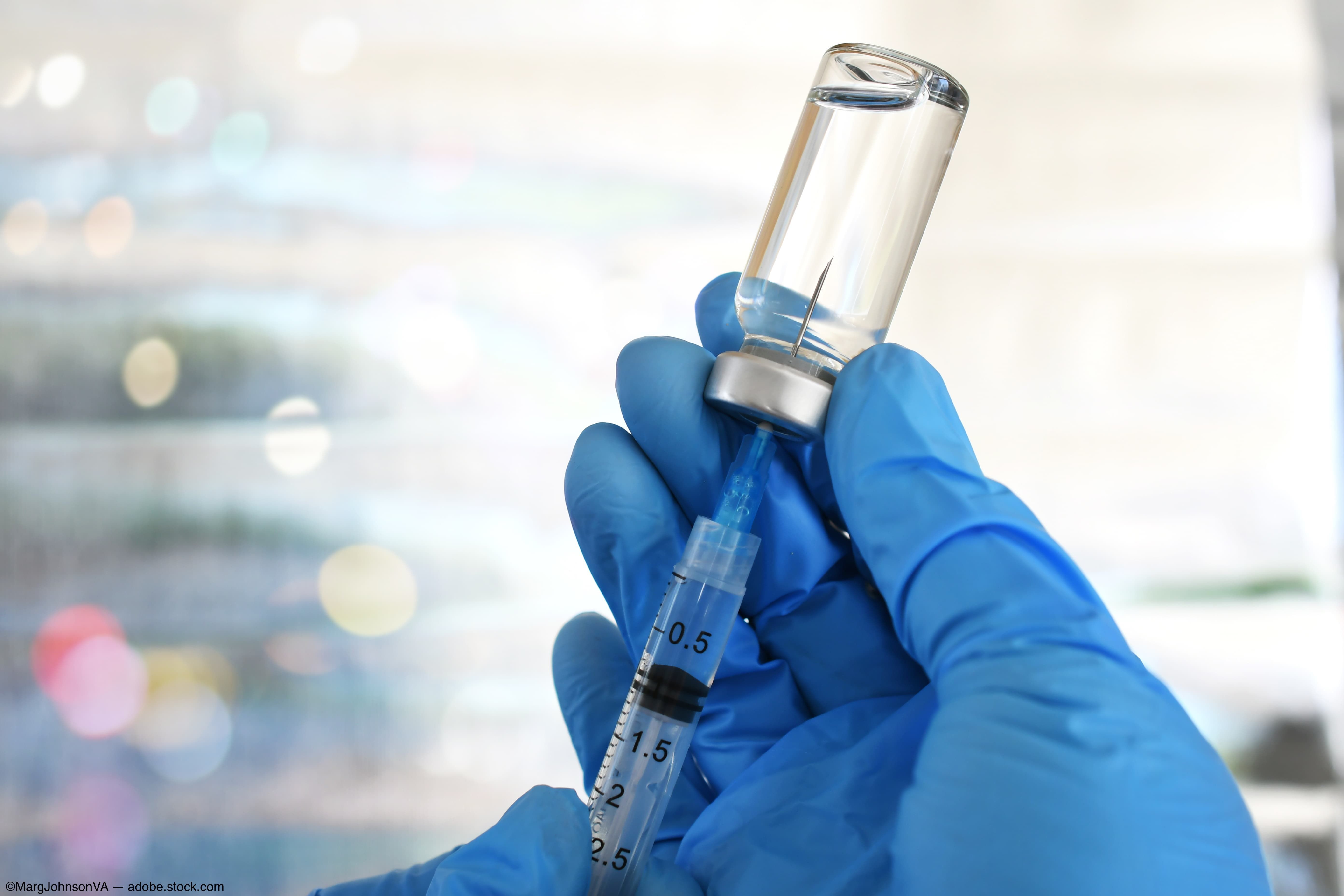AAO 2023: Iveric Bio announces positive Phase 3 results for avacincaptad pegol intravitreal solution for GA secondary to AMD
Patients treated every other month with the drug also showed a similar decrease in the rate of GA progression compared with sham treatment.
(Image Credit: ©MargJohnsonVA - Adobe.Stock.com)

The detailed findings from the randomized, double-masked, sham-controlled, multicenter phase 3 GATHER2 24-month trial (NCT04435366) showed that avacincaptad pegol intravitreal solution (IZERVAY, Iveric Bio), a complement C5 inhibitor, met the primary objective of reducing the rate of geographic atrophy (GA) growth in patients treated monthly compared to sham-treated patients. Patients treated every other month with the drug also showed a similar decrease in the rate of GA progression compared with sham treatment.
These results, according to Arshad M. Khanani, MD, MA, FASRS, who presented the results at the American Academy of Ophthalmology annual meeting in San Francisco, showed that compared with the year 1 results, the treatment effect more than doubled over 2 years.
He believes this drug is a great step forward in the treatment of GA, which is sight-threatening and affects 8 million individuals worldwide.
He also pointed out that the impact of IZERVAY on GA lesion growth was evident as early as 6 months after treatment onset compared with the sham treatment. “The curves indicating the slowing of the progression rate in the 2 treatment groups began to separate at 6 months and continued to separate out to 1 year. The 2-year data show that with both monthly and every-other-month dosing, the curves continue to separate from sham.
In addition, the drug’s 24-month safety profile was consistent with the year 1 results, with no new safety signals identified. One case each of culture-positive endophthalmitis and mild intraocular inflammation developed among the treated patients. No cases of occlusive/non-occlusive retinal vasculitis or ischemic neuropathy developed. Regarding choroidal neovascularization (CNV) in the monthly and every-other-month arms, a slightly higher rate (7.4%) was seen in year 2 compared with 4% to 5% with monthly dosing. In year 2, the incidence of CNV was similar at about 5% for IZERVAY dosed every-other-month vs. sham.
Desai said, "We are excited about these results, which show that IZERVAY continued to slow the rate of GA growth with a consistent safety profile after 2 years of treatment. We think that both clinicians and patients are going to be very excited by these data. The data showed that regardless of the dosing regimen, the benefit observed in year 1 continues and, in fact, there is a doubling of the reduction in lesion size from year 1 to year 2 compared with that observed from baseline to year 1. We are starting to see an acceleration of the treatment benefit with continued dosing with both regimens.”
All patients who completed year 2 in either the active treatment or sham group can continue on into an open-label extension trial in which they will receive a 2-mg dose of IZERVAY monthly for 18 months.
The analysis gleaned the following key takeaways from the study:
- Monthly dosing of IZERVAY through 2 years demonstrated a significant (p=0.0165) year-over-year reduction of 14% in the mean GA growth rate of GA at 2 years from baseline compared with sham, which was the primary objective of the year 2 analyses.
- Every-other-month dosing following ayear of monthly dosing resulted in a 19% reduction in the mean GA growth rate at 2 years vs. sham (nominal p-value=0.0015).
- The IZERVAY treatment effect more than doubled over 2 years compared to 1 year.
- The prespecified objective of showing that IZERVAY reduced the rate of 15-letter or more persistent vision loss compared to sham over 2 years did not reach significance. Persistent vision loss will be further explored across several sensitivity analyses.
- IZERVAY was well tolerated over 2 years, with one case each of non-serious intraocular inflammation and culture-positive endophthalmitis. There were no cases of ischemic neuropathy or retinal vasculitis.
- Over 2 years, only a slight increased incidence of choroidal neovascularization (CNV) was observed for IZERVAY pooled vs. sham data. In year 2, the incidence of CNV was similar for IZERVAY administered every other month vs. sham.
The FDA approved IZERVAY on August 4, 2023, for the treatment of GA secondary to AMD based on the phase 3 results. The drug is currently being reviewed by the European Medicines Agency. Upon submission of the data to the FDA by quarter 1 of 2024, the hope is that the labelling will be updated to include every-other-month dosing and year 2 data.
Newsletter
Keep your retina practice on the forefront—subscribe for expert analysis and emerging trends in retinal disease management.